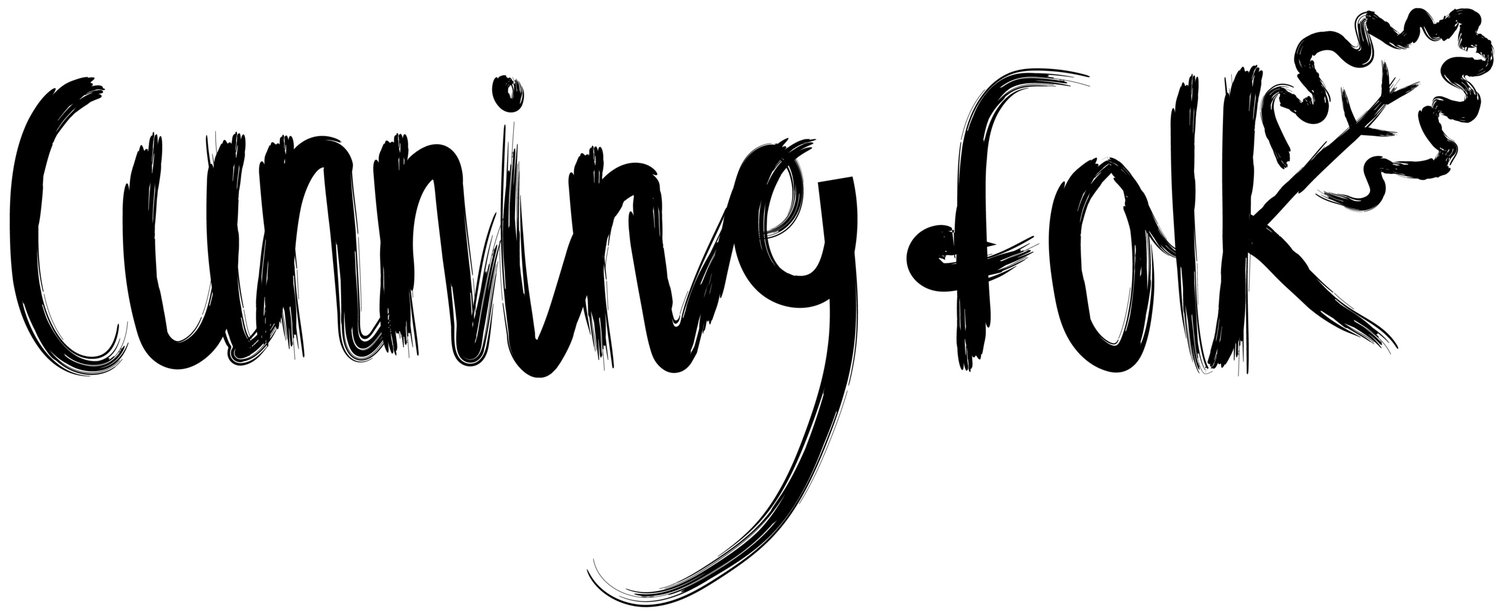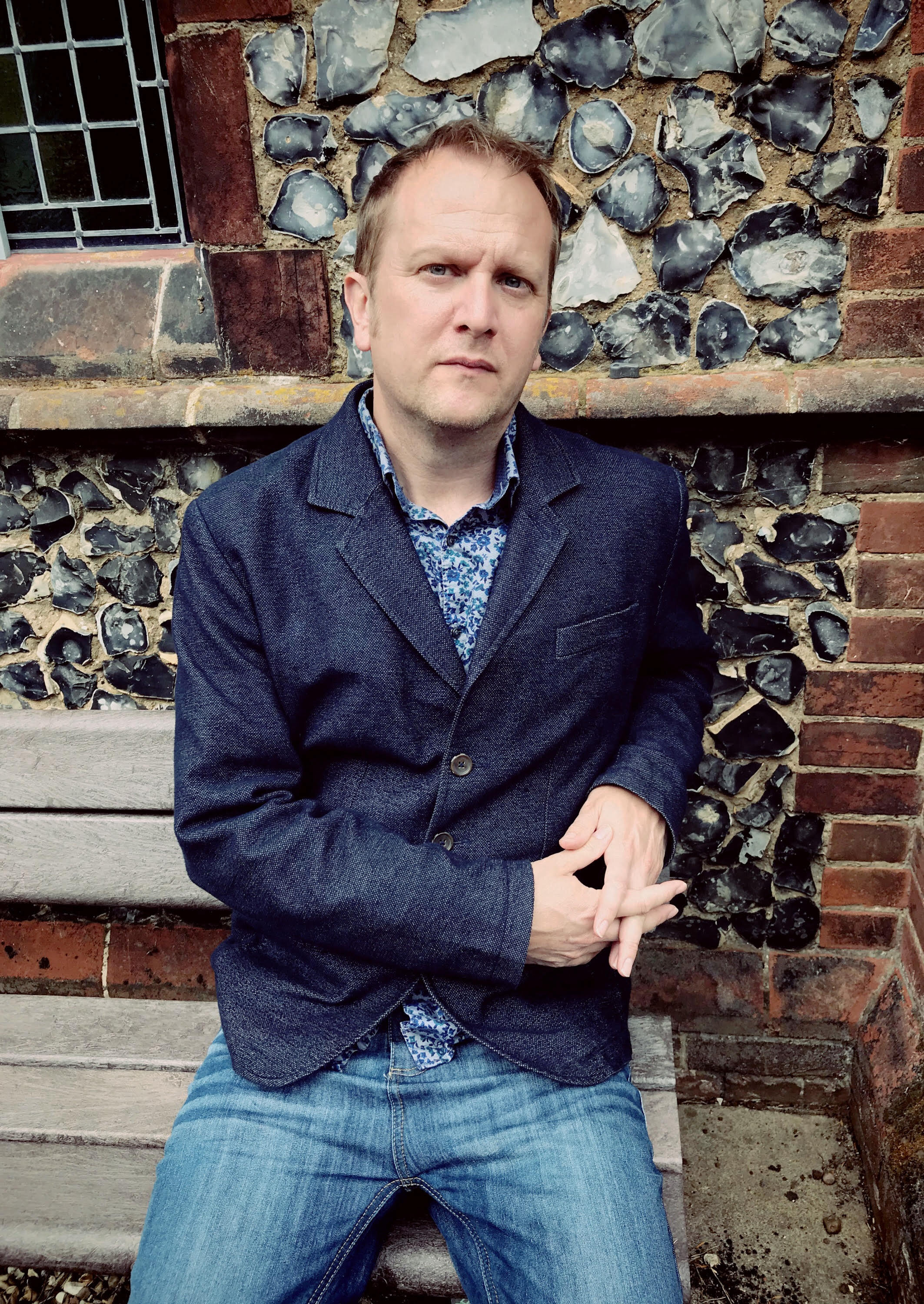Laura Pashby is a writer, photographer, and part-time bookseller based in the Cotswolds. She is the author of Little Stories of Your Life: Find Your Voice, Share Your World and Tell Your Story (Quadrille, 2021) and Chasing Fog: Finding Enchantment in a Cloud (Simon and Schuster, 2024), our winter 2025 Book Club pick. The book is a quiet, haunting meditation on what hides behind the cloud. Reading it we’re drawn into mist-shrouded valleys, places where we might lose ourselves, get pixie-led, or find our ‘fog-self’. From the London Fog to the Scottish haar, it paints a picture of an altogether murkier side of nature. Steeped in folklore, grief, and meaning-making, this is the perfect reading for a cold winter day. We spoke with Laura via email about writing, photography, and weather.
Image © Jules Williams Photograph
Elizabeth Kim What was on your mind when writing this book?
Laura Pashby I suppose I was thinking about the lost — in terms of those who get lost in the fog, and also the collective sense of loss that we are all currently experiencing in regard to weather and climate. But as I travelled deeper into the fog, I began to realise that fog is also somewhere that unexpected things can be found.
EK Your work spans different mediums. When do you reach for your camera and when do you read for your pen?
LP If I am out, my phone functions as both camera and pen. I use it to snap photographs of things — moments, colours, textures, patches of light — that I want to remember. I also record voice notes. When I return to my desk, I use these notes and photographs as prompts and reminders to guide my writing. My DSLR camera is heavy and I only take it out with me if there’s something specific I want to capture — usually a foggy morning!
EK Tell us the story behind one of your fog photographs.
LP I took this photograph on the most beautiful morning I experienced in the whole two years I was working on the book. There had been a thick hoar frost, which dusted everything with white. The woods were foggy, but the sky above was clear, with the ghost of a waning moon. I noticed a hole in the hedgerow that framed a view of the dark, misty woods. In the writing of the book, I’d been thinking a lot about fog as a portal and here the swirl of the hedge created an actual portal! I took the shot, and stepped through into the fog.
EK Nature writing often focuses on the sunnier, effervescent, and colourful aspects of nature. In Chasing Fog you pursue the murkier, more mercurial side of it: the unknown, nothingness, and, sometimes, danger. When and why did you first feel drawn to fog?
LP It was through the lens of my camera that I learned to see fog — in my work as a photographer, I have been capturing fog for eight years. I became fascinated not just with the look of fog but also the physical experience of it — the way it makes me feel, and the person I become when I am in it — fog is my muse. When my vision is obscured and the world contracts to my next step ahead, I am forced to exist in the moment — surrendering to uncertainty gives me unexpected clarity of focus, almost like meditation.
EK Fog, in ghost stories, folklore, and also your personal life feels like a haunting. Why do you think this weather, in particular, lends itself to ghost stories and tales about memory?
LP It’s the flicker of the unknown that calls to me in the fog. I think the fog is a place where we can find something we have collectively lost — the acceptance of mystery, a recognition that not everything can be clearly seen or completely understood. Time feels different in the fog — more fluid — when fog falls and the landscape is transformed, the past feels closer, almost tangible. Ghosts and memories draw in.
EK Which folk tale, for you, best encapsulates the essence of fog?
LP I am fascinated by the stories from the Welsh mountains — of the Grey King (Brenin Llywyd) and the Hag of the Mist (Gwrach-y-Rhibyn). When I was on Cadair Idris, their presence felt close by. But the foggy folklore I love best are the tales from the East Anglian Fens that I absorbed in childhood — Tiddy Mun the mist-whisperer, and the poor dead moon.
EK Over the holidays, my flight from Romania got cancelled due to severe fog, a reminder that sometimes bad weather feels more like a nuisance than something personally meaningful. A lot of the brushes with fog in your book are transformative. Does meaning always come to you in the moment or with hindsight?
LP Weather is often something incidental to our days: we may only notice fog if it interferes with our plans. In many ways, it’s a luxury for me to go out walking and deliberately immerse myself in fog. I am open to weather and so I experience it quite intensely. Before visiting each of the places in my book, I researched the stories of the location’s particular fog, which gave the landscape layers of meaning. But often it’s not until I’m back at my desk that I find the narrative thread.
EK You write of seeing beauty in the bleakness, and how fog taught you to not fear emptiness. I love the idea of this, and of leaning into these feelings, but still, there are parts of nature that can feel existentially dizzying. How do we befriend these more unsettling aspects?
LP I think it’s good for nature to unsettle us. I don’t see the wild as distinct from us — I think we are part of it. Sometimes it is delicately beautiful, and sometimes it is raw and dangerous. I think that is as it should be. The same can be true of us.
EK What have you been reading lately?
LP I’m currently re-reading Sharon Blackie’s brilliant If Women Rose Rooted, which looks at the role of women as guardians of the land. I’ve just finished Family Happiness by Laurie Colwin, which was a delicious treat of a novel, and also a proof of Pathfinding by Kerri Andrews, an upcoming non-fiction book about walking and motherhood which I found fascinating.
EK And which other works – books, art, film, etc – do you keep going back to?
LP I love the work of painter Kurt Jackson — I visit his gallery in the book. On the wall above my desk are several postcards of his seascapes, and also two paintings by Vilhelm Hammershøi. I saw an exhibition of Hammershøi’s work in Copenhagen and I adore the tones, the mood, and his use of light. The books I tend to re-read most are writing guides — Annie Dillard’s The Writing Life and Beth Kephart’s Handling the Truth, also Ann Patchett’s essay The Getaway Car. I recently re-watched the Merchant & Ivory film Howard’s End at the cinema and I was completely captivated by the opening shot — the train of Ruth Wilcox’s dress slowly swishing through cow parsley. Films that inspire me most capture light and detail in a way that stays with me afterwards.
You can follow Laura on Instagram @circleofpines and on Substack. Chasing Fog is published by Simon and Schuster.
Images © Laura Pashby, unless otherwise stated























